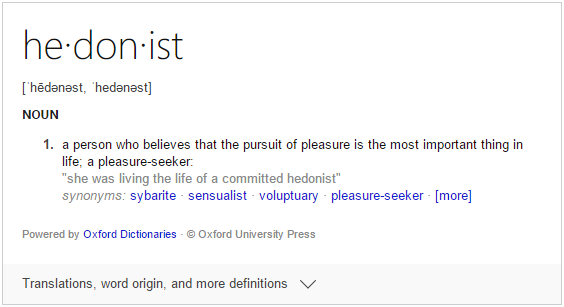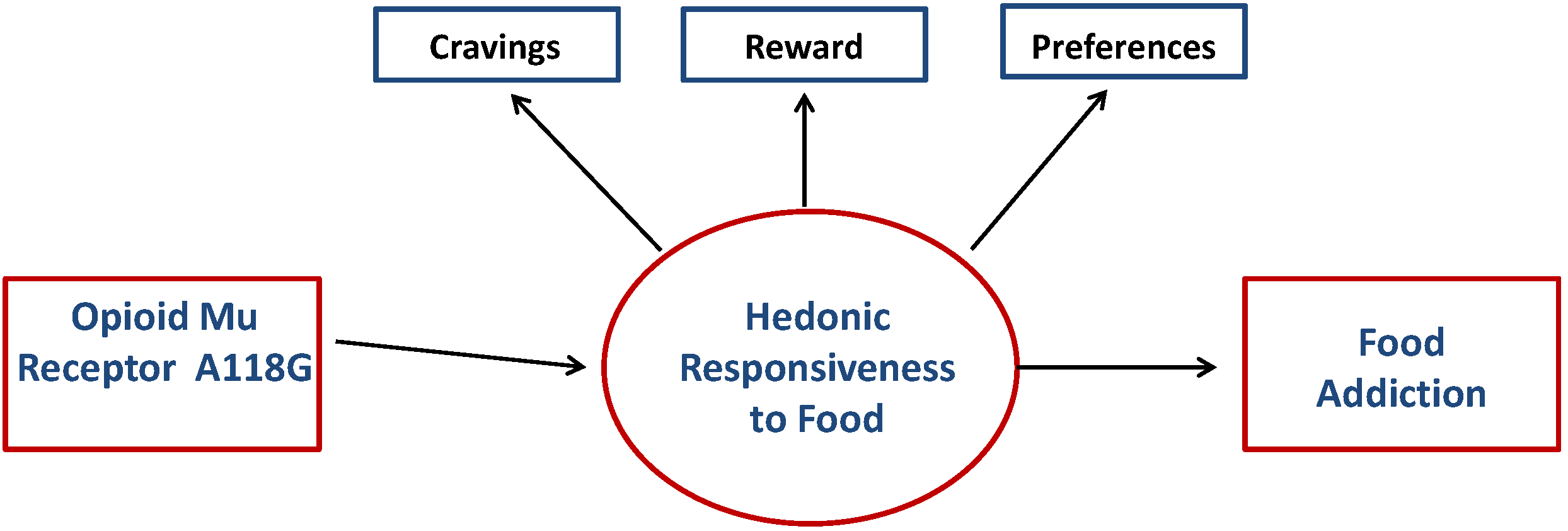

A reason for this is that hedonism as a theoretical (data-free) concept is difficult to quantify. In contemporary behavioural and social sciences, the term hedonic well-being is used less frequently. According to Aristotle, eudaimonic well-being is more than being happy and is it about the actualization of the human potential 4. 322 BCE), who was a true opponent of the hedonistic school of thought describing it as “ vulgar” 3. One of the important founders of eudaimonic well-being is Aristotele (c.

Whereas the hedonic tradition focused on what is good for a person, the eudaimonic tradition took well-being to centre around virtuous activity, defined as knowledge (practiced over time) and the fulfilment of human capacities 2. Hedonic well-being concerns the balance of pleasure over pain, with Aristippus (c. Our results reveal a large overlap between the genes that influence hedonism and the genes that influence eudaimonia.įor centuries, people have asked themselves questions about well-being with hedonic well-being and eudaimonic well-being as its major philosophical schools of thoughts. Genetic correlations patterns with a range of positive and negative related phenotypes were largely similar for hedonic –and eudaimonic well-being. No significant enrichment for hedonic well-being is observed, although brain tissues were top ranked. Loci regulating expression showed significant enrichment in the brain cortex, brain cerebellum, frontal cortex, as well as the cerebellar hemisphere for eudaimonic well-being. This indicates that the genetic etiology of hedonic and eudaimonic well-being is substantially shared, with divergent (environmental) factors contributing to their phenotypic divergence. Joint analyses revealed a moderate phenotypic correlation ( r = 0.53) and a high genetic correlation ( r g = 0.78) between eudaimonic and hedonic well-being. We identified the first two genome-wide significant independent loci for eudaimonic well-being and six independent loci for hedonic well-being. Hence, we conducted the first genome-wide association studies (GWAS) of eudaimonic well-being ( N = ~108 K) and linked it to a GWAS of hedonic well-being ( N = ~222 K). To shed light on the relation between the two, large-scale available molecular genetic data were leveraged to gain more insight into the genetic architecture of the overlap between hedonic and eudaimonic well-being. (2) In any wrongful death action, there shall be no recovery for loss of enjoyment of life caused by death.Whether hedonism or eudaimonia are two distinguishable forms of well-being is a topic of ongoing debate.

The determination of the existence and extent of recovery for pain and suffering and loss of enjoyment of life shall be a question for the finder of fact, subject to appellate review, and the monetary value of the pain and suffering and loss of enjoyment of life shall not be made the subject of expert testimony. However, there shall be no recovery for loss of enjoyment of life as a separate element of damages apart from pain and suffering damages, and there shall be no instruction given to the jury which separates loss of enjoyment of life from pain and suffering. (1) In any civil action for personal injury there may be a recovery for pain and suffering and loss of enjoyment of life. Prohibition of hedonic damages in civil actions. The following is an example of a state statute governing hedonic damages: Not all jurisdictions allow hedonic damages to be awarded. The value of human life isn’t subject to precise measurement in economics or accounting professions, therefore it is a very subjective value. Therefore, court awards for lost pay and for pain and suffering are inadequate to make the plaintiff whole. Those who advocate hedonics believe that life is inherently worth more than just the amount of money an individual can earn. It is sometimes referred to as the lost intangible value of life. Hedonic damages refers to damages for compensation for the loss of enjoyment or value of life.


 0 kommentar(er)
0 kommentar(er)
